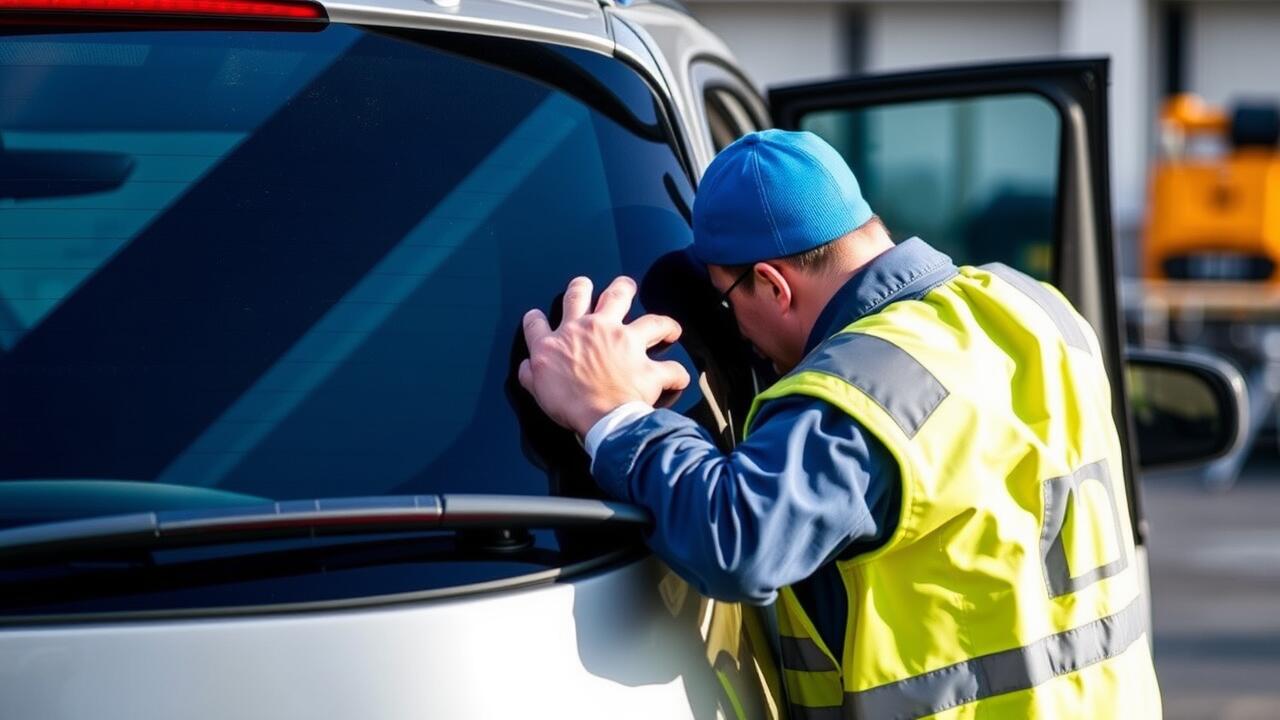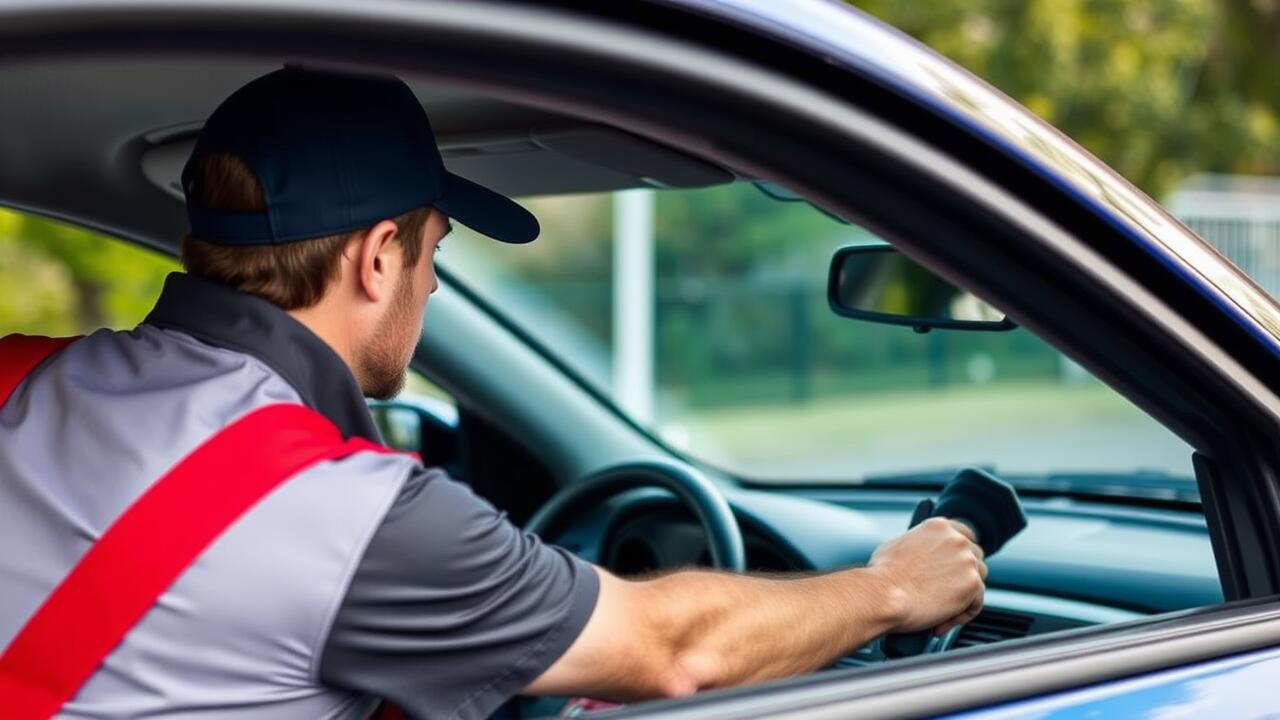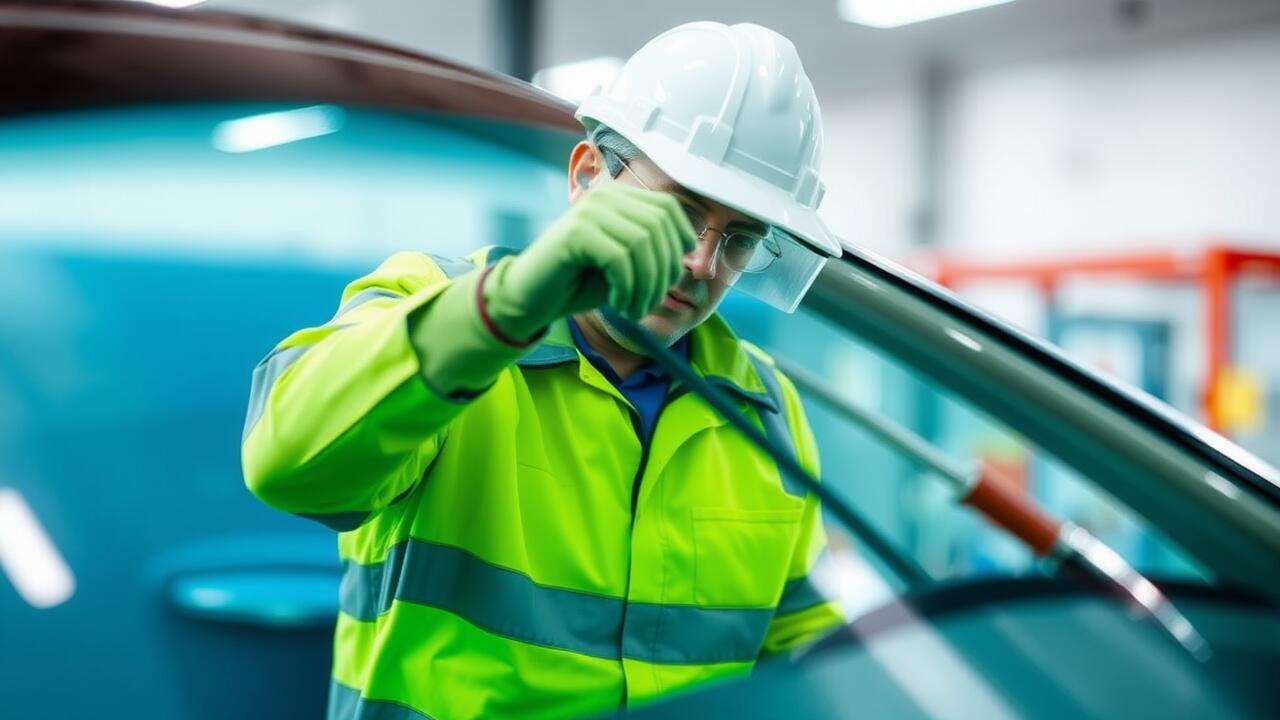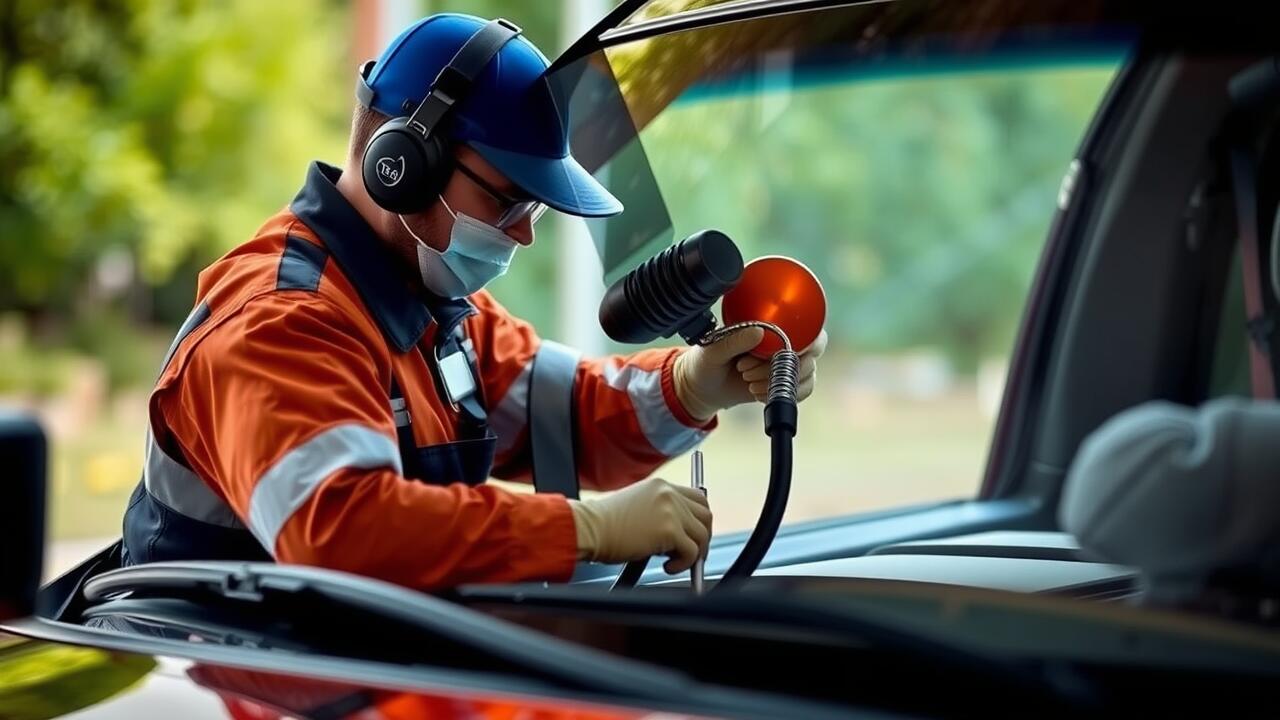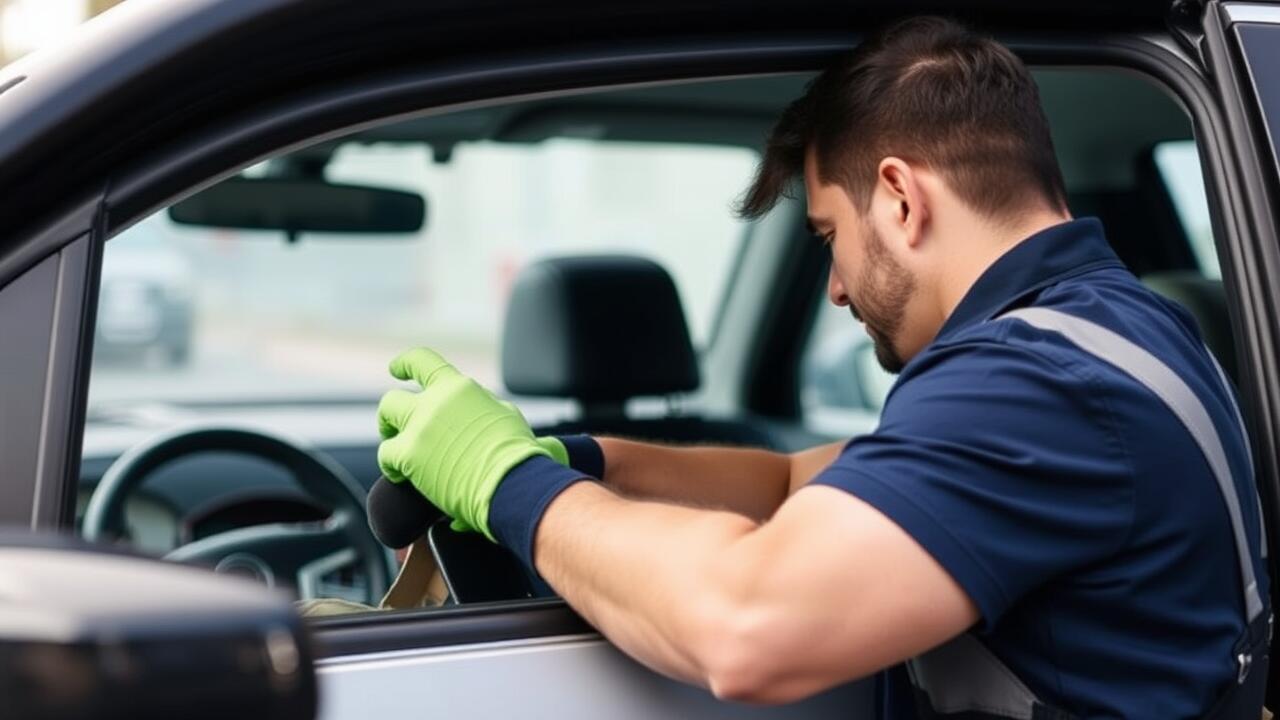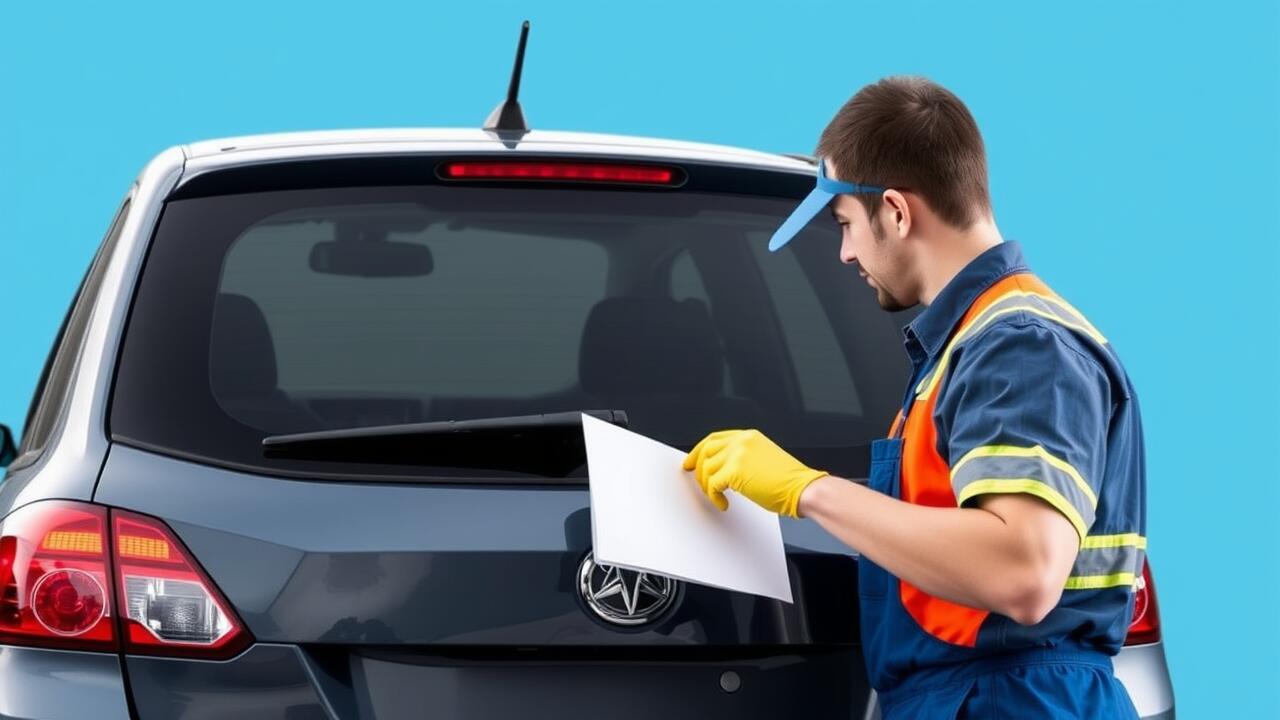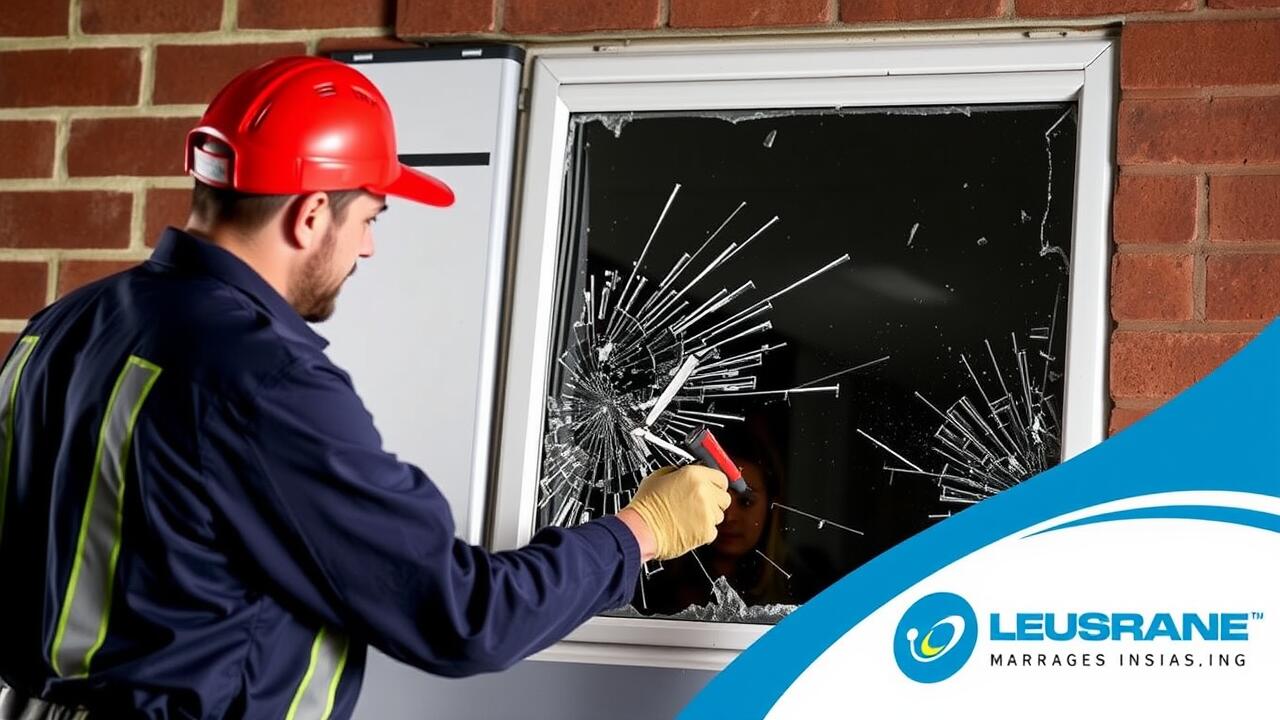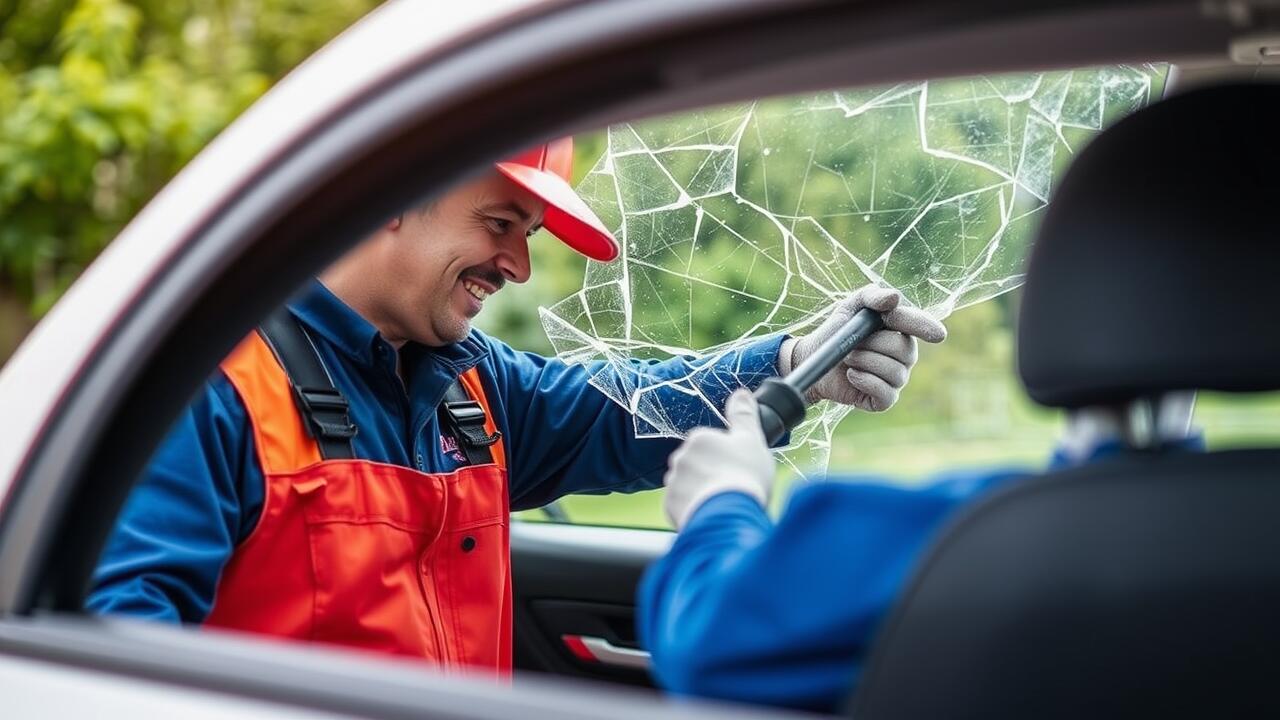
Table Of Contents
Preparing for Replacement
Before initiating the rear window replacement process, it is essential to assess the extent of the damage. If the glass is shattered or cracked significantly, it may pose safety hazards while driving. Gather necessary tools and materials, including a replacement glass piece, adhesive, and protective gear to ensure a safe working environment. Carefully removing any debris and ensuring the area is clean will help facilitate the installation of the new glass.
Understanding the type of glass required for the replacement is also crucial. Some vehicles may use tempered glass, while others might require laminated glass. Consulting the vehicle's manual or seeking guidance from a professional can help clarify specifications. Take note of any additional features in the rear window, such as sensors or heating elements, as these may influence the choice of replacement glass and the complexity of the installation.
What to Expect During the Replacement Process
During the Rear Window Replacement process, it is crucial to ensure that the work area is clean and free of any debris that might interfere with the installation. Technicians will typically remove any damaged glass and clean the edges of the frame to prepare for the new glass. They might use specific tools designed for safely handling glass, which minimises the risk of further damage to the vehicle’s interior or exterior surfaces. Expect a thorough examination of the surrounding areas, as any rust or mould must be addressed before the new window can be fitted properly.
Once the new rear window is ready for installation, technicians will apply a strong adhesive to secure it in place. They will position the glass carefully, ensuring a proper fit within the frame. After the glass is set, there will be a wait time for the adhesive to cure correctly, which is essential for the durability of the installation. Instructions will generally be provided regarding the recommended timeframe before the vehicle can be safely driven, allowing the adhesive to fully bond. This attention to detail ensures a secure and effective replacement that will stand the test of time.
Choosing the Right Glass
Selecting the appropriate glass for rear window replacement is crucial for ensuring both safety and aesthetic continuity of your vehicle. Various options are available, such as OEM (original equipment manufacturer) glass and aftermarket alternatives. OEM glass typically matches the original specifications of your vehicle, which can be advantageous for preserving the car’s value. Aftermarket glass, while often more affordable, may not always adhere to the same quality standards, so it is essential to research the manufacturer before making a decision.
Consider factors such as tinting, heating elements, and additional features that may be present in the existing rear window. In some cases, your vehicle might have advanced technology integrated into the glass, like defrosters or sensors, which need to be replicated in the replacement. Ensuring that the new glass meets the necessary regulations and standards can prevent future issues with visibility and overall performance. Take the time to weigh your options before proceeding with the rear window replacement to ensure you make an informed choice.
Factors to Consider for Rear Window Replacement
When considering a rear window replacement, one must take into account the type of glass being used. Tempered glass is commonly recommended due to its strength and safety features. It shatters into small, blunt pieces rather than sharp shards, reducing the risk of injury. Additionally, ensure that the glass meets Australian safety standards, as this will provide more durability and protection for passengers.
Another vital factor is the cost associated with the replacement. Prices can vary significantly depending on the make and model of your vehicle. It's essential to gather quotes from several suppliers to make an informed decision. Moreover, consider any warranties offered with the glass and installation services, as a good warranty can provide peace of mind against future issues related to your rear window replacement.
Installing the New Window
Installing the new window involves careful handling and precision. Begin by ensuring that the new glass is compatible with your vehicle's make and model. If you are opting for a professional service, they will have the necessary tools and expertise to securely fit the rear window. It is essential to clean the area thoroughly and apply any required sealant, which helps prevent leaks and provides structural integrity.
For those considering a DIY approach to rear window replacement, several resources are available to guide you through the process. It is crucial to follow instructions closely and take your time during installation. Proper alignment of the replacement glass is vital for functionality and aesthetics. Using the right adhesives and securing methods will significantly affect the longevity and performance of the new window.
DIY vs. Professional Installation
Choosing between a DIY approach and hiring a professional for rear window replacement can significantly influence both the process and outcome. DIY enthusiasts may be tempted to take on the task themselves to save costs. However, this requires a solid understanding of glass replacement techniques and access to the right tools. The risk of improper installation could lead to further issues, including leaks or compromised structural integrity.
On the other hand, professional installation offers a range of advantages. Technicians possess experience and expertise, ensuring that the rear window replacement meets safety standards. They also typically provide warranties for their work, offering peace of mind that any potential problems will be addressed. Although it may involve a higher upfront expense, the long-term benefits of a correctly installed window often outweigh the initial savings associated with a DIY job.
FAQS
What should I do immediately after my rear window is broken?
First, ensure your safety by removing any sharp glass pieces and securing the area. If the damage is extensive or affects your visibility, consider covering the opening with plastic or a tarp until it can be replaced.
How long does it take to replace a rear window?
The replacement process typically takes between one to two hours, depending on the vehicle and the complexity of the job. However, you should allow additional time for the adhesive to cure before driving the vehicle.
Can I replace my rear window myself?
While a DIY replacement is possible, it requires specific tools and skills. If you're not confident in your abilities, it's advisable to hire a professional to ensure a proper fit and seal.
What factors should I consider when choosing replacement glass?
Factors include the type of glass (OEM vs. aftermarket), the tint, and any features like heating elements or defrosting. Make sure the replacement glass meets safety standards and is compatible with your vehicle model.
Will my insurance cover the cost of a rear window replacement?
Coverage depends on your insurance policy. If you have comprehensive coverage, it may cover the repair or replacement costs, minus any deductible. Check with your insurance provider for specific details related to your policy.




